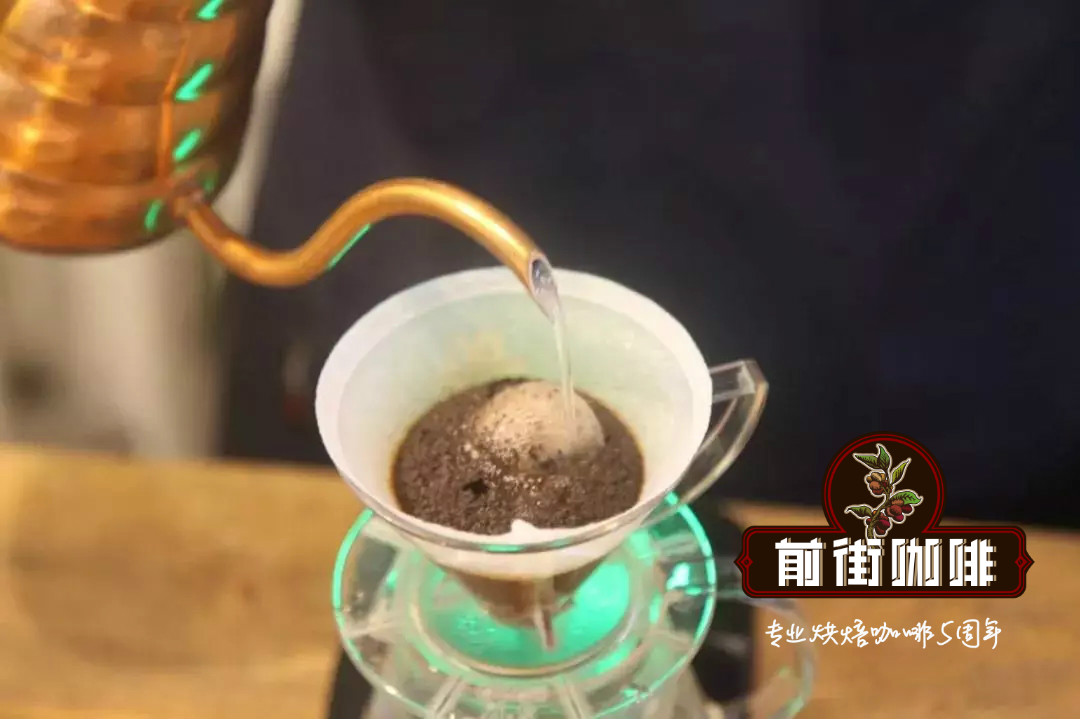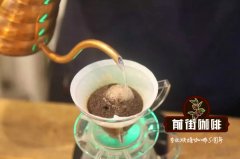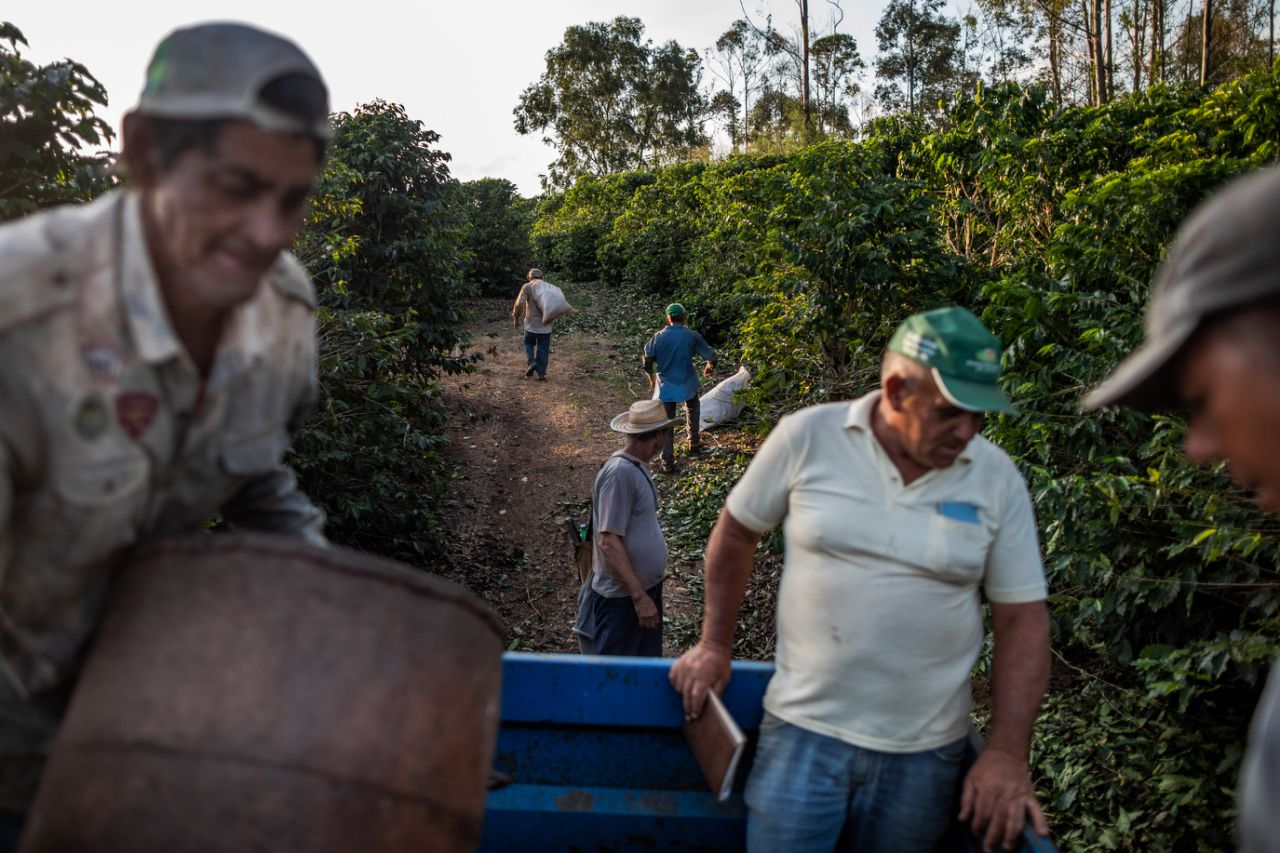Introduction to the characteristics and flavor of Panamanian coffee with low yield in the planting environment

Professional coffee knowledge exchange More coffee bean information Please pay attention to coffee workshop (Weixin Official Accounts cafe_style)
Panama's geography means that the region has a unique microclimate, with many competent and dedicated coffee producers, so there is a lot of excellent quality coffee in the region, which is of course relatively expensive.
Coffee's high prices also stem from another important factor: real estate. Many North Americans want to buy homes in this politically stable, scenic, and relatively inexpensive country, so land demand is extremely high, and much of the land that used to be used as coffee gardens is now used as homes for foreigners. Panama also has higher standards in its labour protection legislation, and coffee pickers receive higher wages, which are indirectly passed on to consumers.
Panama coffee growing environment
Panama is a small country located in the heart of the American continent. The waters of the Atlantic and Pacific oceans wash over its beaches.
Panama is located at 9 degrees north latitude, at the confluence of the Central Mountain Range, where Mount Baru, one of the highest volcanoes in Central America, is located.
With an elevation of more than 11,400 feet, the surrounding soil is rich in nutrients and fertile soil, providing sufficient conditions for the planting and cultivation of Panamanian coffee.
These uplands have the right microclimate, soil, temperature and altitude for the planting, cultivation and harvesting of a wide variety of specialty coffees. These coffees have jasmine, citrus, ripe fruit, berry, caramel, special sweetness, vanilla, chocolate and many other flavors.
Unique coffee.
The microclimate of the Panamanian highlands is the most important resource that makes Panamanian coffee unique.
The most important resource that makes Panamanian coffee unique is its microclimate. Panama's east-west environment allows cold air currents to flow through the Central Mountains and converge above 6500 feet, thus creating a variety of microclimates in the Boquete and Volcán-Candela regions, making them the main producers of Panamanian coffee. These specialty coffees are grown on nutrient-rich, well-balanced soil in the Baru volcano region.
Panamanian coffee is sorted and numbered in small batches designed to be small in volume for optimal management, and the sorting number allows buyers to understand and track information throughout the process.
Due to its small volume, Panamanian coffee products are based on specialty coffee. The country supplies its quality products to specialist stores in countries around the world such as Denmark, England, Greece, Norway, Sweden, South Korea, Japan, Taiwan and the United States.
Geisha coffee is native to the Gesha forest in Ethiopia, Africa, and is sometimes called "geisha coffee" because it sounds similar to the Japanese word for "geisha." In the past ten years, Guixia Coffee has won numerous awards and repeatedly set coffee bean auction records, which is also very popular in China. About the legendary history of Guixia, there are many online materials, we can Baidu themselves, here no longer repeat. In short, it was discovered in the summer forest in 1931, introduced to Uganda and Tanzania in 1936, crossed the ocean to Costa Rica in Central America in 1953, and was introduced to Panama in 1970. For a long time, this kind of coffee was unknown until 2000, when Mr. Peterson of Panama Emerald Estate accidentally discovered the unique charm of Rose Summer and began to participate in the World Coffee Competition alone, causing a sensation. Since then, Rose Summer has become popular, and the upsurge continues to this day. In addition to being widely planted in Central and South America, it has also been reintroduced back to Ethiopia, which can be said to have opened branches and scattered leaves, with unlimited scenery.
END
Important Notice :
前街咖啡 FrontStreet Coffee has moved to new addredd:
FrontStreet Coffee Address: 315,Donghua East Road,GuangZhou
Tel:020 38364473
- Prev

Introduction to the characteristics and flavor of Panamanian coffee with low yield in the planting environment
Professional coffee knowledge exchange more coffee bean information Please pay attention to the coffee workshop (Wechat official account cafe_style) the geographical environment of Panama means that the domestic coffee producing areas have many unique microclimate, including many highly capable and dedicated coffee producers, so there are a lot of excellent quality coffee, of course, relatively expensive. The high price of coffee, on the one hand,
- Next

Coffee is getting cheaper, but Brazil has found a way to increase production quickly at a low cost.
Professional coffee knowledge exchange more coffee bean information follow coffee workshop (Wechat official account cafe_style) Rodrigo Freitas Silva (Rodrigo de FreitasSilva) Coffee farm in the heart of Brazil is booming, even after the worst price crisis in decades. In the past decade, the 41-year-old man has planted his noodles
Related
- Does Rose Summer choose Blue, Green or Red? Detailed explanation of Rose Summer Coffee plots and Classification in Panamanian Jade Manor
- What is the difference between the origin, producing area, processing plant, cooperative and manor of coffee beans?
- How fine does the espresso powder fit? how to grind the espresso?
- Sca coffee roasting degree color card coffee roasting degree 8 roasting color values what do you mean?
- The practice of lattes: how to make lattes at home
- Introduction to Indonesian Fine Coffee beans-- Java Coffee producing area of Indonesian Arabica Coffee
- How much will the flavor of light and medium roasted rose summer be expressed? What baking level is rose summer suitable for?
- Introduction to the characteristics of washing, sun-drying or wet-planing coffee commonly used in Mantenin, Indonesia
- Price characteristics of Arabica Coffee Bean Starbucks introduction to Manning Coffee Bean Taste producing area Variety Manor
- What is the authentic Yega flavor? What are the flavor characteristics of the really excellent Yejasuffi coffee beans?

